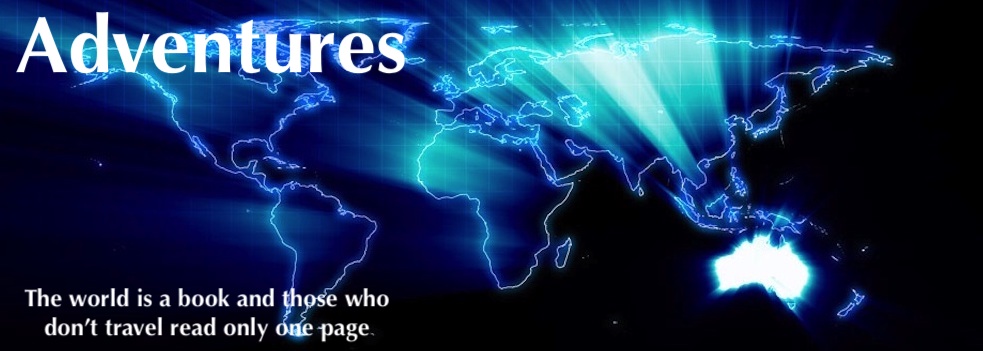The Tropicana and Havana gold mines are many kilometres to the east of more established goldfields. Their discovery signalled the identification of a new Gold Province.
The Tropicana discovery was made in August 2005 and Havana in 2006 in an area not previously thought to be prospective for gold located at the northern end of the ancient collision zone between the Yilgarn Craton and the Albany-Fraser Province.
The area is recognised as a new major Australian Gold Province, previously unexplored due to its remoteness, and dubbed the ‘Tropicana Gold Belt’.
The project’s location is its biggest barrier to development, with 220 kilometres of road having to be built to be able to access the mine (known as the Tropicana Highway) and a 40 megawatt power station being required to supply it with electricity.
Initial estimates were that the project would have a mine life of 15 years with an annual production of around 330,000 to 400,000 ounces of gold and an overall production of 3.6 million ounces. Clearly this has been extended.
The open pit at the mine is scheduled to be up to 6 kilometres long, 1.5 kilometres wide and up to 400 metres deep.
© Kim Epton 2022-2024
224 words.
Feel free to use any part of this document but please do the right thing and give attribution to adventures.net.au. It will enhance the SEO of your website/blog and Adventures.
See Terms of Use.
